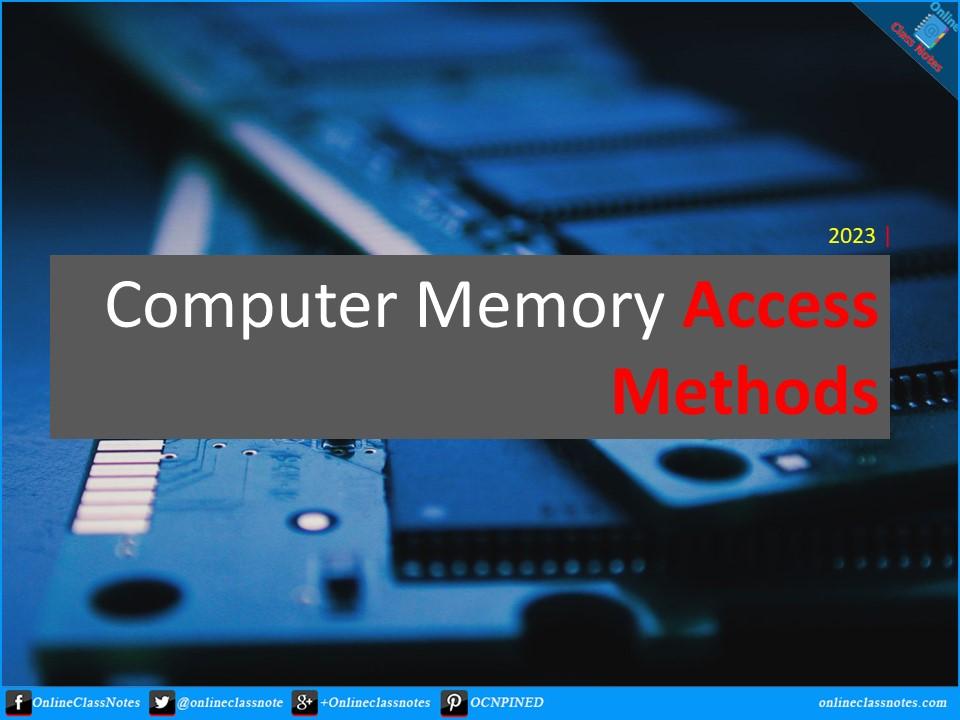Memory access method
Memory access method refers to the way in which a computer system reads from and writes to memory. It describes the mechanism by which data is transferred between the computer’s CPU and its memory modules, and how the computer locates and retrieves data that is stored in memory. Memory access methods can have a significant impact on the performance of a computer system, particularly with regard to speed and efficiency.
There are several different types of memory access methods, including sequential access, random access, direct access, associative access, and demand paging. Each method has its own advantages and disadvantages, and the choice of which method to use depends on the specific application and hardware being used. For example, sequential access is commonly used in magnetic tape storage devices, while random access is used in main memory (RAM).
Memory access methods are an important consideration when designing computer systems, particularly for applications that require fast and efficient data retrieval. Improving memory access times can help to reduce processing times and increase system performance, making it an important area of focus for computer engineers and software developers.

Types of memory access method
1. Sequential Access
In this method, data is accessed in a sequential manner, with the computer accessing data one piece at a time in a specific order. Magnetic tape storage devices use sequential access. In these devices, data is stored on a tape in a linear sequence, and the computer must read through the data sequentially to find the desired information.
2. Random Access
Random access memory (RAM) allows the computer to access any location in memory directly without having to access the data sequentially. This method allows for quick read and write speeds and is commonly used in the computer’s main memory.
3. Direct Access
Direct access allows the computer to access specific data without having to read through other data first. Hard disk drives and solid-state drives (SSDs) use direct access. In these devices, data is stored in sectors or blocks that can be accessed directly without having to read through other data first.
4. Associative Access
In associative access, data is accessed based on its content rather than its location in memory. Cache memory uses associative access. In cache memory, data is stored based on its content rather than its location in memory, allowing for quick access to frequently used data.
5. Demand Paging
This is a type of virtual memory access method where data is loaded into memory as needed. This method allows the computer to run programs that require more memory than is available in the RAM. Virtual memory uses demand paging, where data is loaded into memory as needed. For example, if a computer is running a program that requires more memory than is available in RAM, the operating system will use demand paging to load parts of the program into memory as needed.
Each of these memory access methods has its own advantages and disadvantages, and the choice of which method to use depends on the specific application and hardware being used.